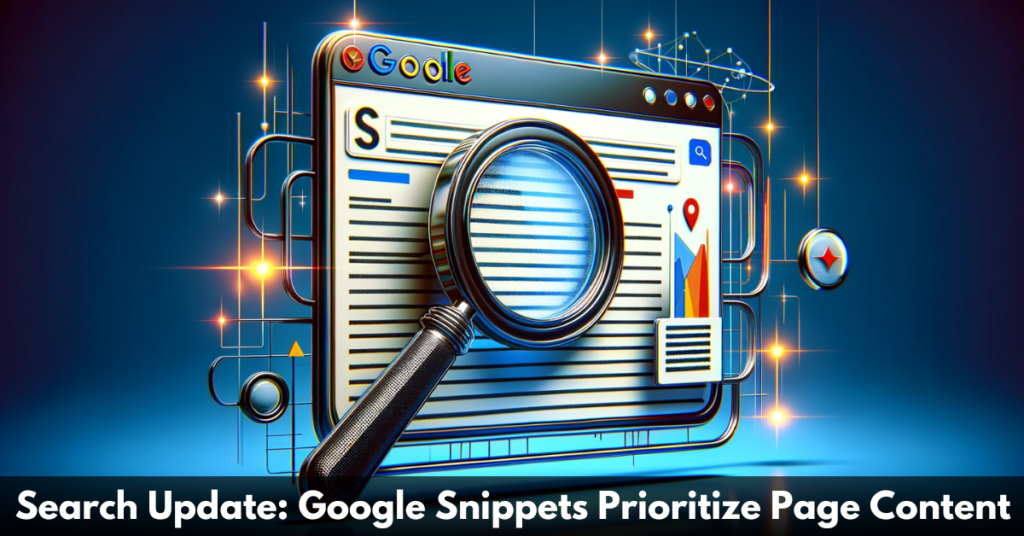Search Update: Google Snippets Prioritize Page Content
Google has updated its search snippet documentation to clarify the factors that influence Google’s algorithm for selecting what to display as the snippet in search results. The changes may represent a significant change in how meta descriptions are written and how content is optimized. A webpage displayed in search engine results pages (SERPs) consists of a title, a URL breadcrumb, and a one- to two-sentence description of what the webpage is about.
Basically, a snippet is a short summary of what the webpage is about. Usually, the meta description was used to make the snippet. Google made it clear that the snippet comes from the page content itself. The changes also made it more clear that structured data and the meta description are not where search snippets get their information from. The new documentation makes it clear that the snippet comes from the page content.
In the old version of the documentation, a lot of text was taken out that said Google uses a lot of different sources, such as the meta description tag for each page, to figure out the right snippet automatically. The previous version implied that the snippet was derived mostly from the meta description and said that Google “may” also select on-page content for the snippet.
Google also removed an entire paragraph of content and replaced it with new documentation. This section was removed:
“Site owners have two main ways to suggest content for the snippets that we create: Rich results: Add structured data to your site to help Google understand the page. Meta description tags: Google sometimes uses <meta> tag content to generate snippets if they think they give users a more accurate description than can be taken directly from the page.”
The change in guidance means that many SEO guides that are published online (wrongly) advise that the best way to optimize a meta description is to use it as “advertising copy” and to use “target keywords” in it. The official W3C HTML specification for the meta description outlines the correct use of the meta description:
“The value must be a free-form string that describes the page. The value must be appropriate for use in a directory of pages, e.g., in a search engine. There must not be more than one meta element with its name attribute set to the value description per document.”
Google is not interested in displaying search-optimized snippets but rather in showing a description of what the webpage is about. Google advises writing a meta description using a simile that compares it to promoting something in the form of a pitch. The word “like” is used, which signifies a simile or comparison.



